Architecture profile: Mada Spam, Shanghai

Celebrating its tenth birthday this year, architecture practice Mada Spam, founded by Qingyun Ma, now has offices in Shanghai, Xi’an and Los Angeles. 'Mada Spam' stands for Ma Designers and Architects: Strategy, Planning, Architecture and Media, and the firm’s philosophy spans across all these fields, which correspond, according to Ma, to the different aspects of the contemporary architect’s role.
Mada’s work varies in scale and style as the firm advocates for a bespoke approach to each project; examples are varied, ranging from a Internal link example:
small winery in Xi’an’s countryside and its Well Hall boutique hotel (2005), to the large-scale Qingpu Thumb Island and administration centre (2005) project. The firm’s most recent work includes the brand new Media City (2009) in the architect’s hometown of Xi’an, one of the oldest and most beautiful historical Chinese cities. The project is a monumental composition of asymmetric and dynamic forms, including a TV and broadcasting centre, as well as offices and a commercial hub.
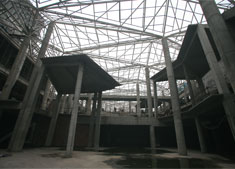
https://www.wallpaper.com/gallery
See a gallery of Mada Spam's work over the years
Heading one of the most well-known Chinese practices outside of China, Ma also teaches in the School of Architecture at the University of Southern California and takes part in lectures and debates regularly. In 2007 he curated the Shenzhen and Hong Kong Architecture and Urbanism Biennale, actively engaging in and supporting the ongoing architecture and urbanism discourse in China.
Q&A with Qingyun Ma
W*: You set up an office in China, but you work a lot and teach from the USA. Do you spend most of your time in the States or China?
Receive our daily digest of inspiration, escapism and design stories from around the world direct to your inbox.
QM: I spent most of my time in the States. But between China and the States, between mind and body, it is a total fusion. With teaching and practicing, again, it is really difficult to distinguish between the two. My office is where I actually test ideas and technology that is debated and explored in the school and among my academic colleagues. In school, I only demonstrate my participation in architectural discourse through the work my office is producing.
W*: Which do you think are the biggest challenges contemporary Chinese architects have to face?
QM: It is trying to find what we/Chinese architects or architects, who work in China, would do to depart from the current way of design and build buildings. This window of opportunity is maybe ten years.
W*: What do you enjoy most from working in China, and from abroad?
QM: In China, I enjoy the changes in and about design. In US, I enjoy the resistance to any change.
W*: One of your most recent works is the Xi'an TV and broadcasting centre. What was the main concept behind the design?
QM: It is almost a pictorial illustration of how a huge mega building can be a fortified city. The idea of a “Walled city” is what Xian is so obsessed with. By creating another one outside, it would help Xian to move out of the concept of wall, deform and reconstruct it with new materials, and therefore annihilate the original sense of a wall.
W*: I understand that you come originally from Xi'an. How important was it for you to build there? Have you built a lot there?
QM: Yes. It is rather difficult for me to build in Xian. There, I have to pretend that I either know or care about the context. However, I think the truth is that the more one knows well a region’s tradition, the more one wants to violate it. I built a few projects there and each one of the projects tries to break the boundary of what is being seen as the “tradition”.
W*: While you have recently worked on many commercial and public buildings in China, are you also interested in focusing on smaller-scale commissions?
QM: Yes. I am actually involved in many small projects. In most cases, they involve some kind of personal, intimate reflection on time, space, life and everything that the society doesn’t have patience with. It is a too romantic approach and involves too much discussion, which doesn’t contribute to architecture in essence. That is why I also feel very excited when a big project comes along. Small projects are about skill. Big projects are about ideas.
W*: What are you currently working on?
QM: I am working on my own house in Pasadena and the Pacific Asian Museum, which is also in Pasadena. Ironically, both projects are small. We are also working on a few huge urban redevelopment projects in cities like ShenZhen, ZhuZhou, Xian, Ningbo and Ordos, just to name a few. They intended to bring back a long lost legacy of modernism. This is total architecture.
Ellie Stathaki is the Architecture & Environment Director at Wallpaper*. She trained as an architect at the Aristotle University of Thessaloniki in Greece and studied architectural history at the Bartlett in London. Now an established journalist, she has been a member of the Wallpaper* team since 2006, visiting buildings across the globe and interviewing leading architects such as Tadao Ando and Rem Koolhaas. Ellie has also taken part in judging panels, moderated events, curated shows and contributed in books, such as The Contemporary House (Thames & Hudson, 2018), Glenn Sestig Architecture Diary (2020) and House London (2022).
-
 This LA-based furniture designer finds a rhythm in music and making
This LA-based furniture designer finds a rhythm in music and makingWallpaper* Future Icons: LA-based Ah Um Design Studio's expressive furniture features zig-zagging wooden frames, mohair and boucle upholstery, and a distinctive use of tiles
-
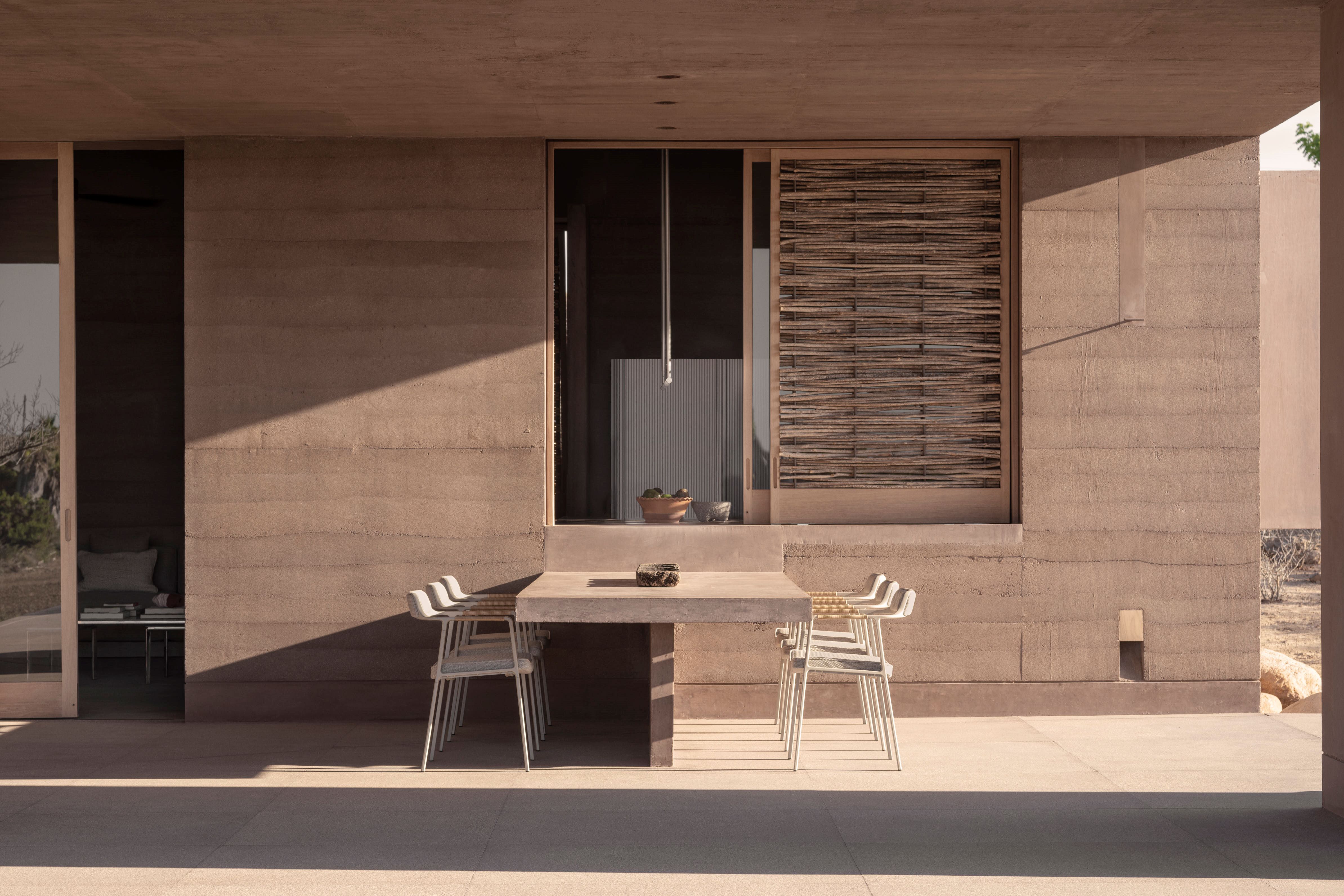 This Mexican architecture studio has a surprising creative process
This Mexican architecture studio has a surprising creative processThe architects at young practice Pérez Palacios Arquitectos Asociados (PPAA) often begin each design by writing out their intentions, ideas and the emotions they want the architecture to evoke
-
 The Bombardier Global 8000 flies faster and higher to make the most of your time in the air
The Bombardier Global 8000 flies faster and higher to make the most of your time in the airA wellness machine with wings: Bombardier’s new Global 8000 isn’t quite a spa in the sky, but the Canadian manufacturer reckons its flagship business jet will give your health a boost
-
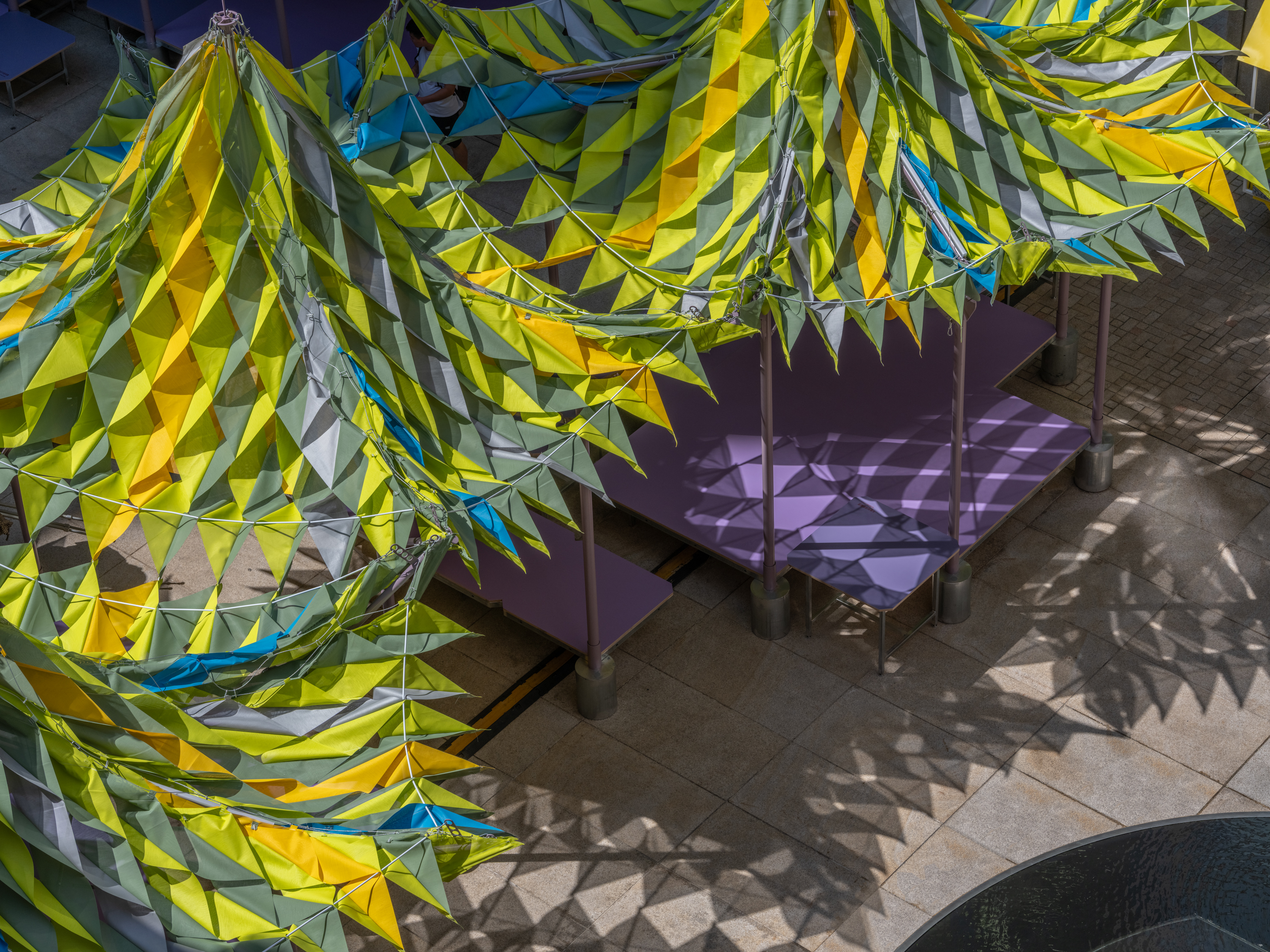 Shanghai’s biennial, RAMa 2025, takes architectural exploration outside
Shanghai’s biennial, RAMa 2025, takes architectural exploration outsideRAMa 2025, the architecture biennial at Rockbund Art Museum in Shanghai, launches, taking visitors on a journey through a historic city neighbourhood – and what it needs
-
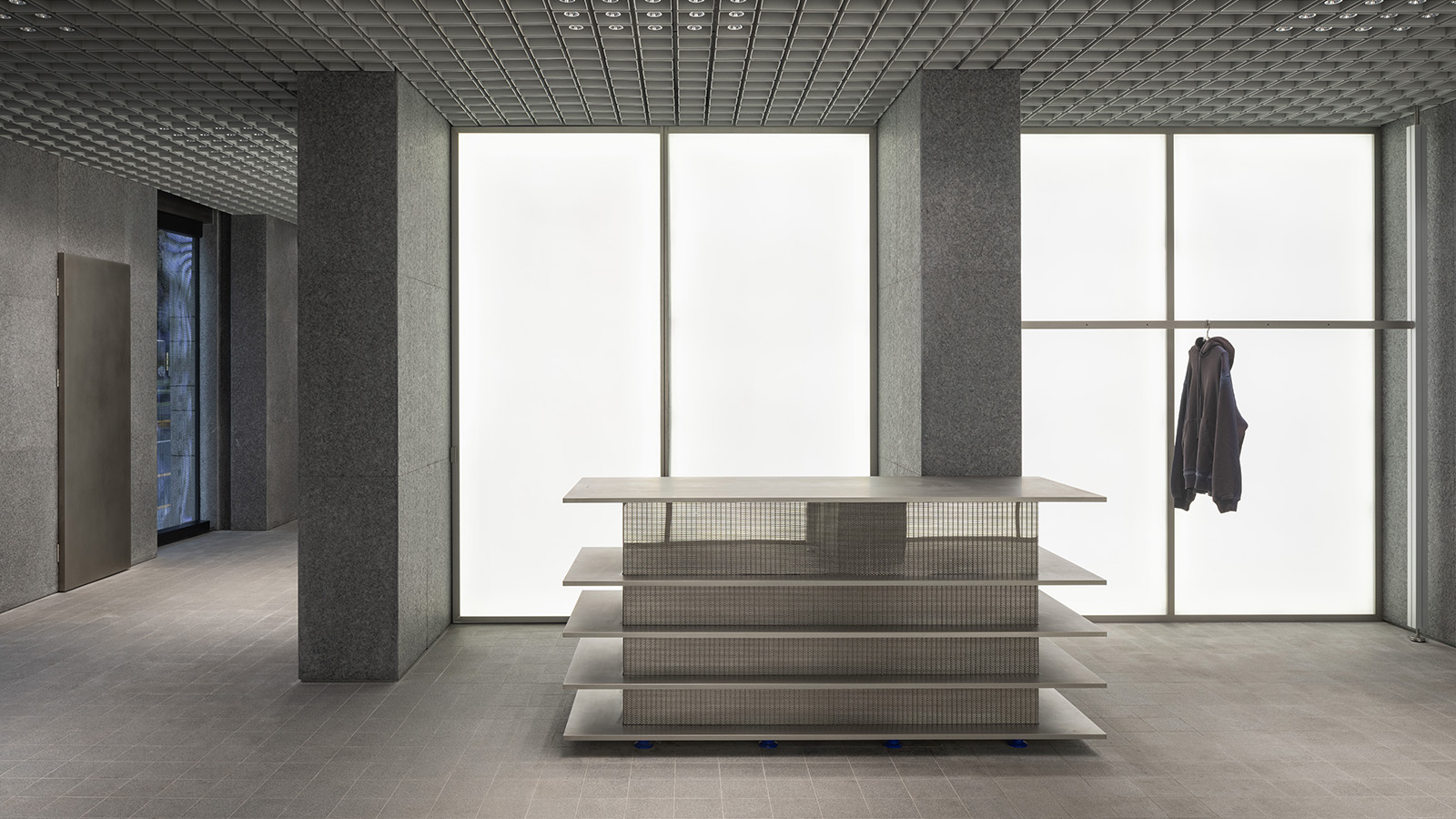 Raw, refined and dynamic: A-Cold-Wall*’s new Shanghai store is a fresh take on the industrial look
Raw, refined and dynamic: A-Cold-Wall*’s new Shanghai store is a fresh take on the industrial lookA-Cold-Wall* has a new flagship store in Shanghai, designed by architecture practice Hesselbrand to highlight positive spatial and material tensions
-
 Neri & Hu’s dynamic New Bund theatre takes centre stage in Shanghai’s cityscape
Neri & Hu’s dynamic New Bund theatre takes centre stage in Shanghai’s cityscapeIn Shanghai, Neri & Hu’s New Bund 31 Performing Arts Center is a theatre offering a contemporary take on a classical archetype
-
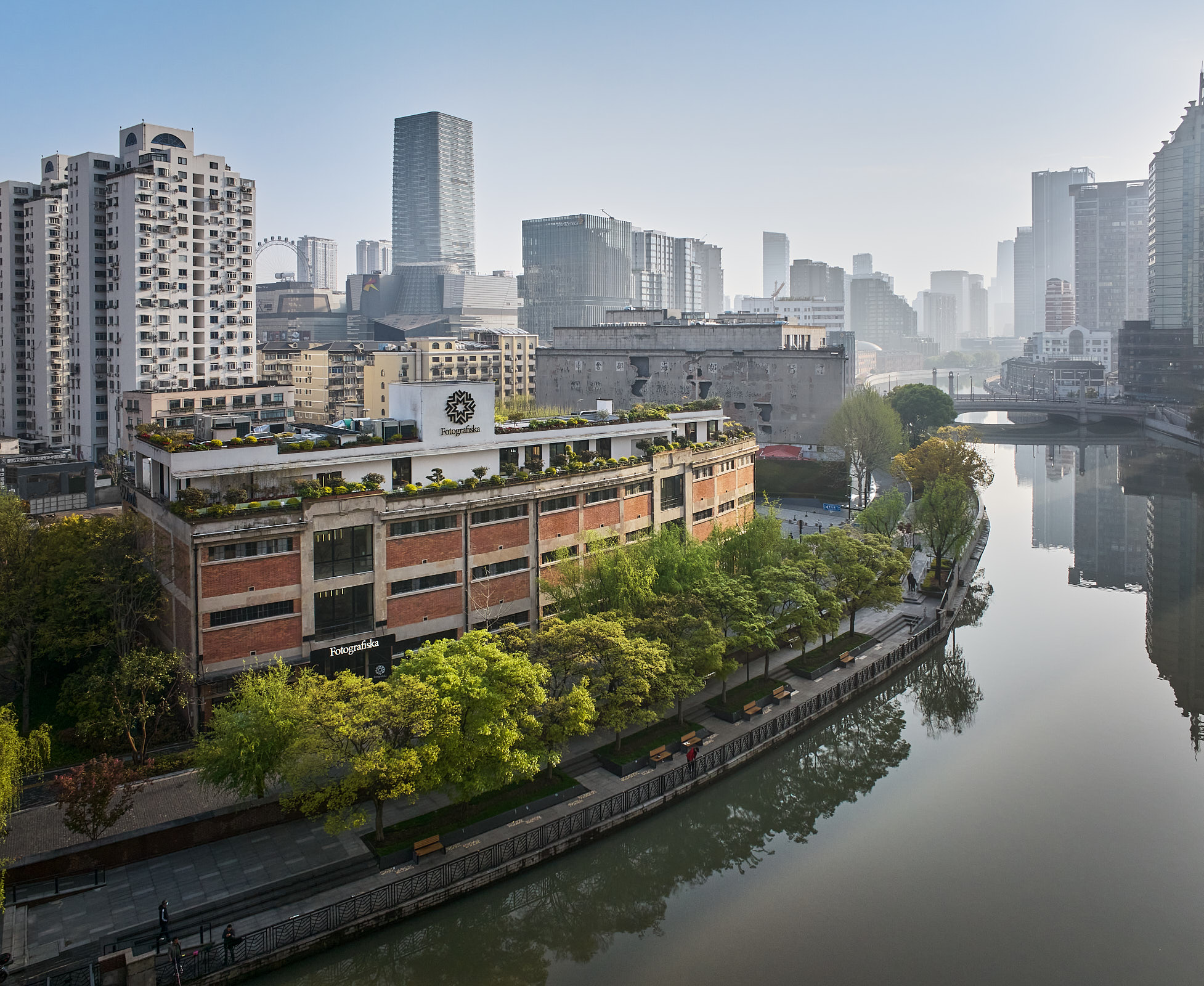 Fotografiska Shanghai invites us to 'a poetic immersion' into the realm of photography
Fotografiska Shanghai invites us to 'a poetic immersion' into the realm of photographyFotografiska Shanghai by AIM Architecture opens nestled into a green corner of the Chinese city's Suzhou Creek
-
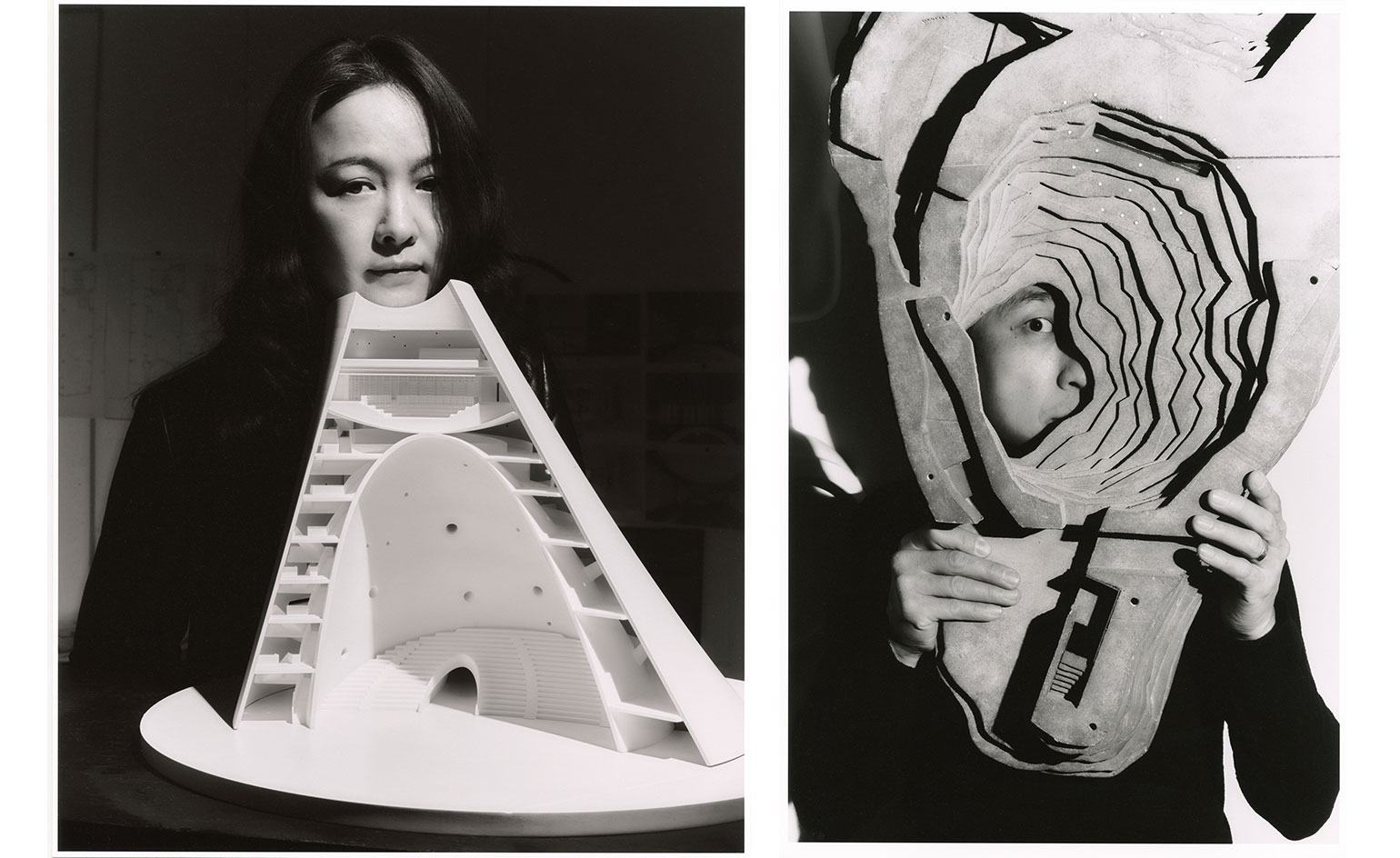 Open architecture on building and China’s cultural landscape
Open architecture on building and China’s cultural landscapeOpen Architecture’s perfectly considered projects either disappear into the landscape or become new landmarks
-
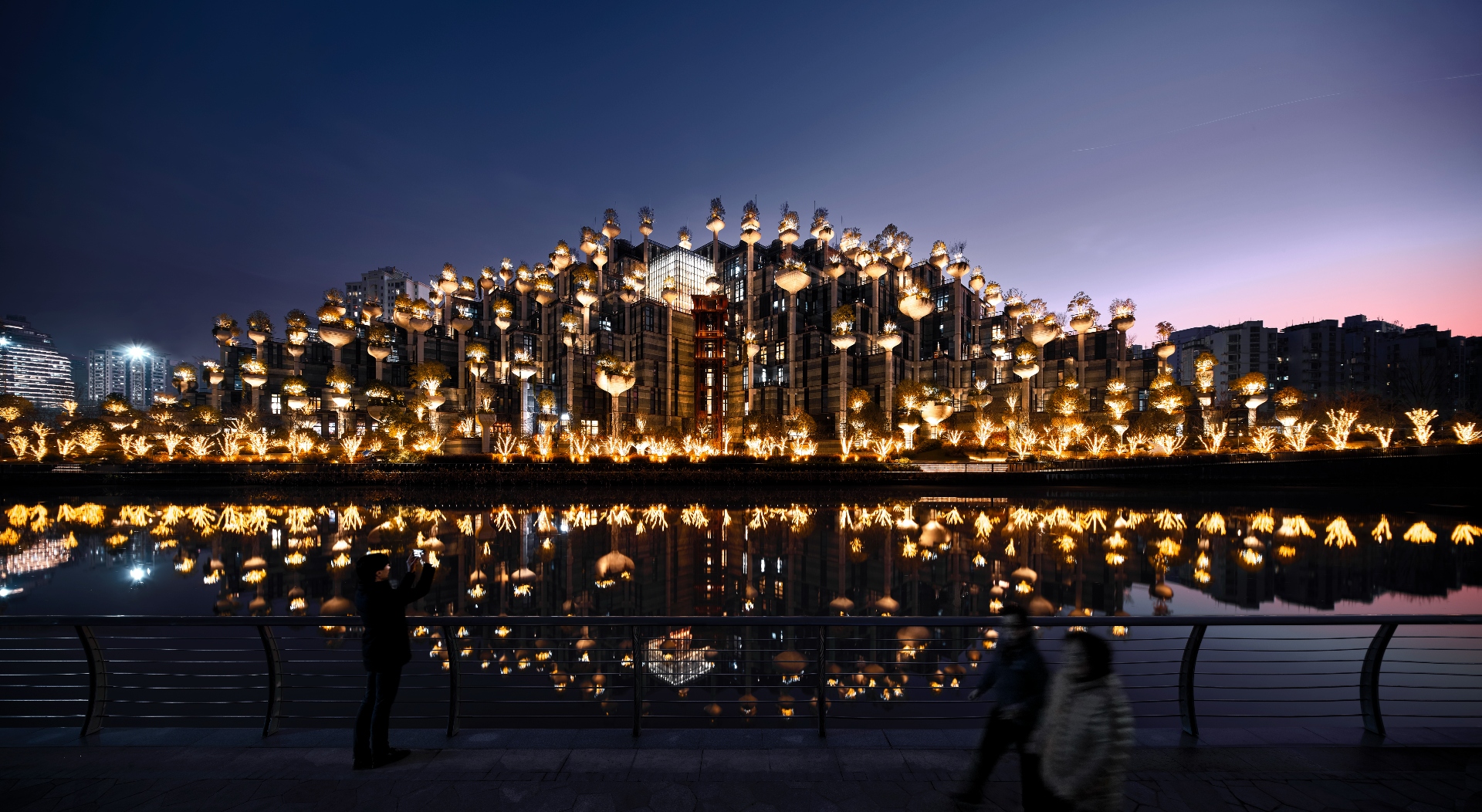 Heatherwick Studio’s 1000 Trees blooms in Shanghai
Heatherwick Studio’s 1000 Trees blooms in ShanghaiHeatherwick Studio’s 1000 Trees is Shanghai’s newest mixed-use development, blending trees, art and sculptural concrete
-
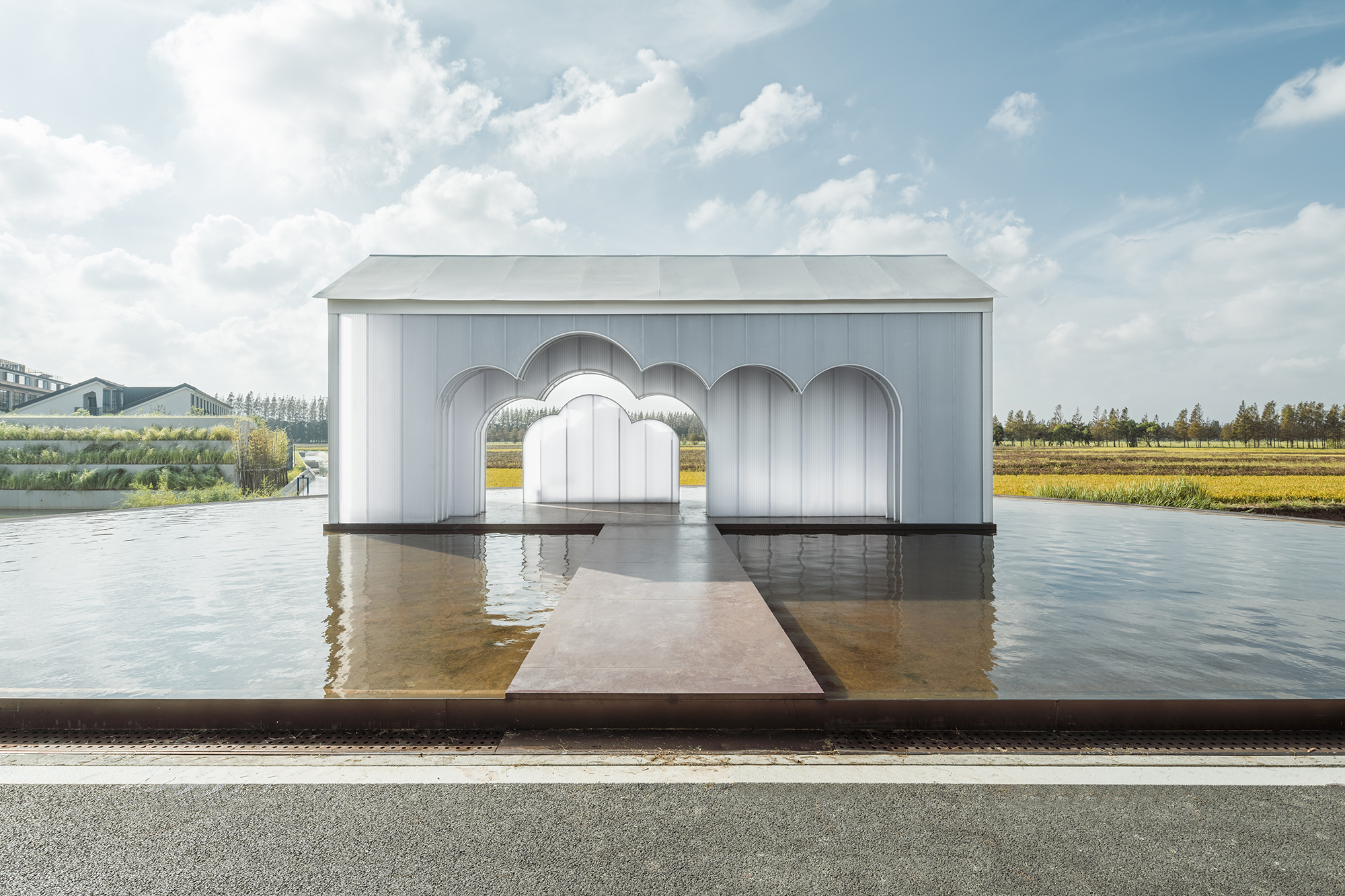 Sacred space, clouds and milk chocolate: meet Wutopia Lab’s Shanghai pavilion
Sacred space, clouds and milk chocolate: meet Wutopia Lab’s Shanghai pavilionWutopia Lab draws on dreams, clouds and milk chocolate in its latest creation, an architectural pavilion on the outskirts of Shanghai; meet the Shrine of Everyman
-
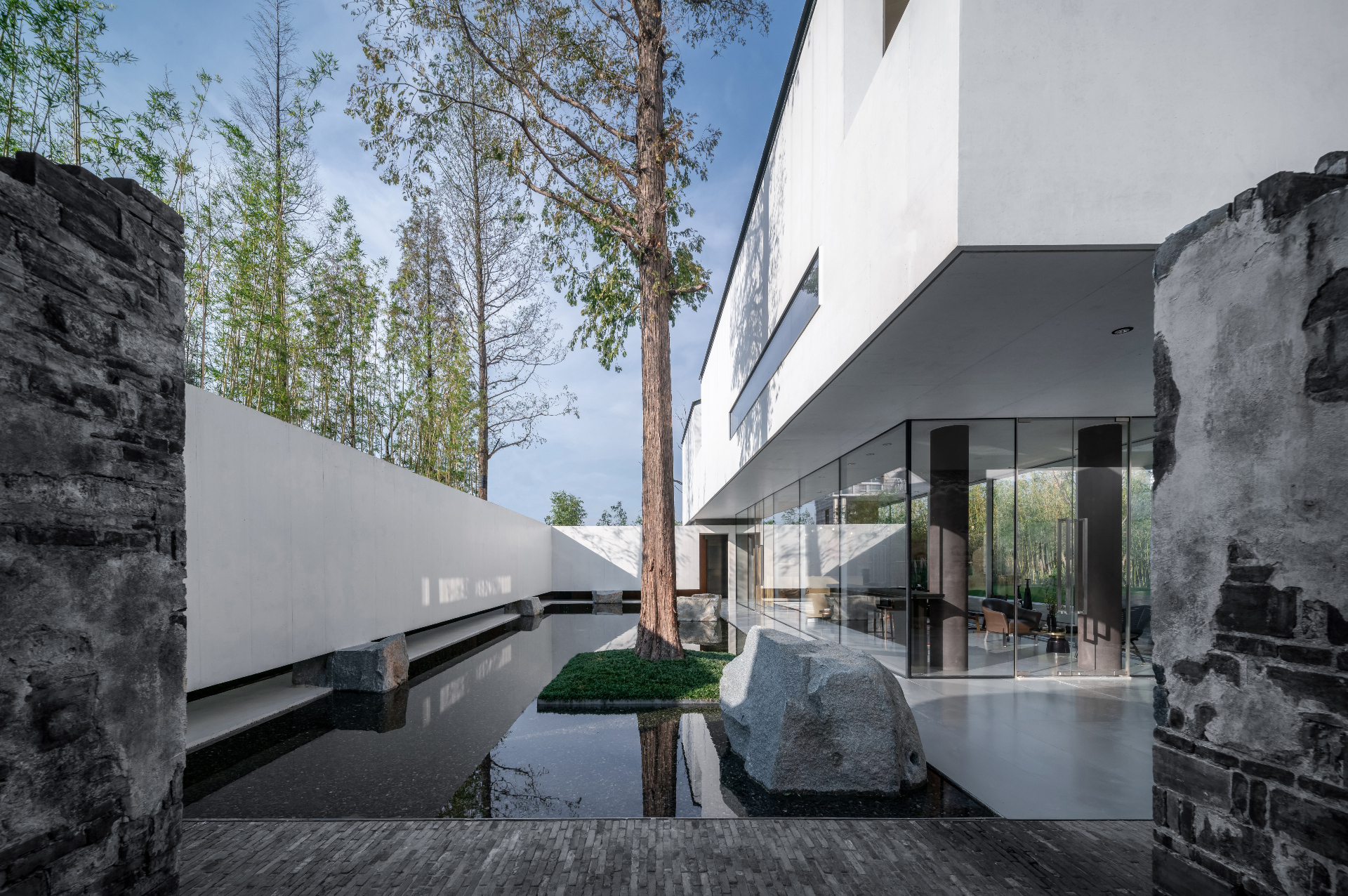 A new museum near Shanghai celebrates Chinese cultural history
A new museum near Shanghai celebrates Chinese cultural historyChinese architecture studio Horizontal Design is behind the design of the new Zhang Yan Cultural Museum, a contemporary building inspired by the past